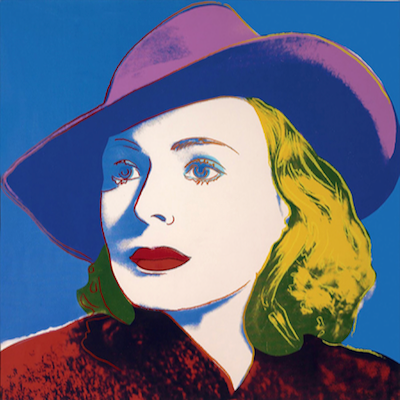
Details
Artist
Styles
handwoven tapestry // I Love You by Peter Blake, a handwoven tapestry created in 1983, radiates warmth and simplicity through its bold design and vibrant colors. Dominated by a large, bright pink heart at the center, the piece is framed with blocks of primary colors—yellow, red, blue, and green—set against a black border. At the top, the text I LOVE YOU is prominently displayed in a classic, uppercase typeface, giving the work a direct, heartfelt message. Blake, known for his association with Pop Art, utilizes the tapestry medium to convey an enduring sentiment of love, blending the aesthetics of pop culture with traditional craft techniques. This tapestry, part of a limited edition of 30, transforms a universal declaration of affection into an engaging and visually impactful artwork.
I Love You, 1983
form
Medium
Size
200 x 176 cm
- Inches
- Centimeters
Edition
Price
Details
Artist
Styles
handwoven tapestry // I Love You by Peter Blake, a handwoven tapestry created in 1983, radiates warmth and simplicity through its bold design and vibrant colors. Dominated by a large, bright pink heart at the center, the piece is framed with blocks of primary colors—yellow, red, blue, and green—set against a black border. At the top, the text I LOVE YOU is prominently displayed in a classic, uppercase typeface, giving the work a direct, heartfelt message. Blake, known for his association with Pop Art, utilizes the tapestry medium to convey an enduring sentiment of love, blending the aesthetics of pop culture with traditional craft techniques. This tapestry, part of a limited edition of 30, transforms a universal declaration of affection into an engaging and visually impactful artwork.
- Recently Added
- Price (low-high )
- Price (high-low )
- Year (low-high )
- Year (high-low )
Peter Blake
Some Of The Sources Of Pop Art VII, 2007
Limited Edition Print
Silkscreen
GBP 9,000 - 12,000
What is pop-art?
Pop Art is an art movement that began in Britain in 1955 and in the late 1950s in the U.S. It challenged traditional fine arts by incorporating imagery from popular culture, such as news, advertising, and comic books. Pop Art often isolates and recontextualizes materials, combining them with unrelated elements. The movement is more about the attitudes and ideas that inspired it than the specific art itself. Pop Art is seen as a reaction against the dominant ideas of Abstract Expressionism, bringing everyday consumer culture into the realm of fine art.

















